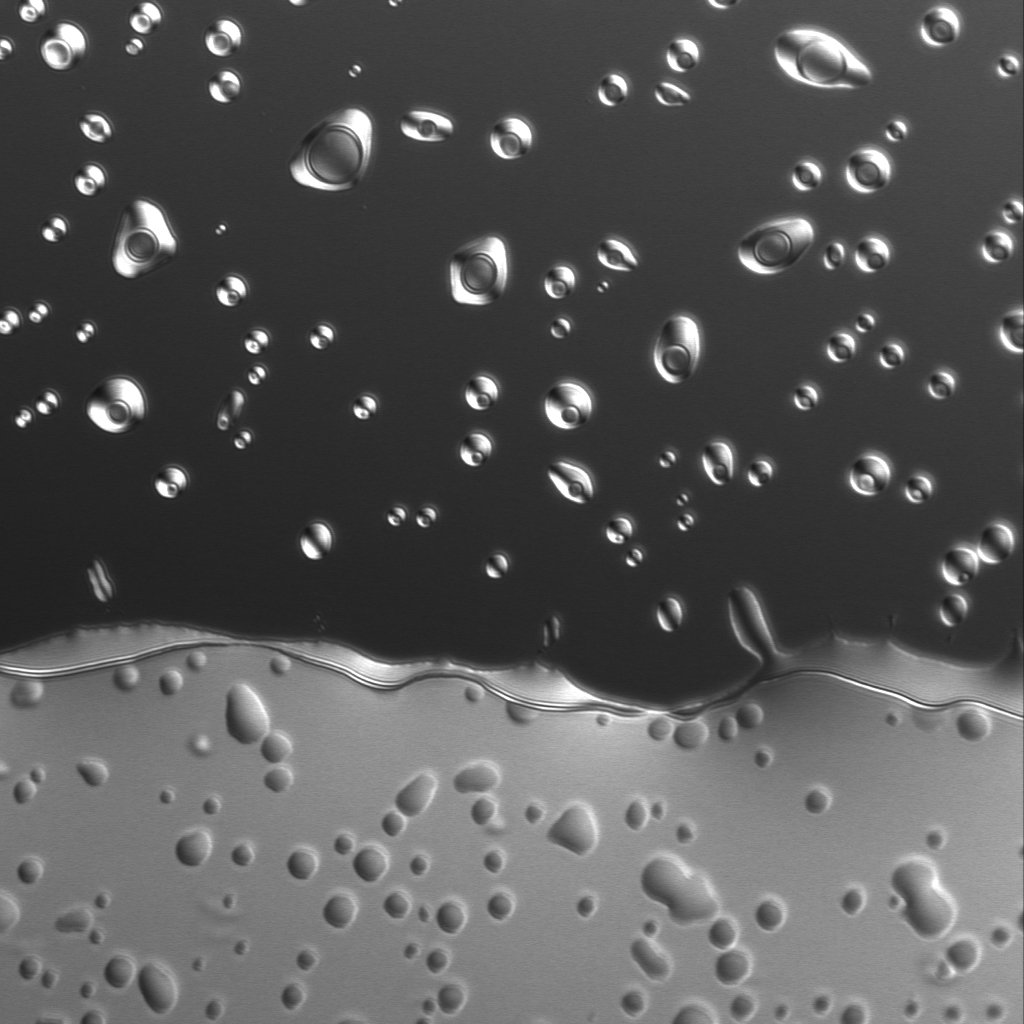Tandem repeats: the slippery slope between function and disease
Amino acid tandem repeats are often pure codon repeats at the DNA level, making them prone to strand slippage, and hence, contractions and expansions. This suggests that their instability is not just an undesired consequence, but rather a feature under selective pressure. But why would evolution favor repeat instability? We previously showed that polyQ length variability in a yeast stress response transcription factor underlies biologically functional phenotypic variation (Gemayel et al., 2015). This work showed that tandem repeats indeed may function as evolutionary tuning knobs, by enhancing the evolvability of traits owing to their rapid mutation rates.
However, this evolutionary important function may come at a cost nonetheless. Repeat expansions are known to cause a growing list of human disorders. We have mostly focused on hexanucleotide repeat expansions in the C9orf72 gene, which is the most common genetic cause underlying amyotrophic lateral sclerosis (ALS) and frontotemporal dementia (FTD). Our work has investigated the pathological role of repeat peptides that originate from abnormal translation of the C9orf72 repeat RNA. We have identified several biological pathways perturbed by these peptides. These include nucleocytoplasmic and axonal transport, and aberrant phase separation and stress signaling (Boeynaems et al., 2016; Boeynaems et al., 2017; Fumagalli et al., 2021). Additionally, in unpublished work we have uncovered the biophysical framework that explains their broad mode of action, and therefore, potent toxicity.
Besides uncovering the role of the C9orf72 repeat, I also contributed to the discovery of polyQ repeat expansions in the ATXN1 gene as a new risk factor for ALS (Tazelaar et al., 2020).
Selected publications
Fumagalli F*, Young FL*, Boeynaems S*, De Decker M, Mehta A, Swijsen A, Fazal R, Guo W, Moisse M, Beckers J, Dedeene L, Bhuvaneish TS, Vandoorne T, Madan V, van Blitterswijk M, Raitcheva D, McCampbell A, Poesen K, Gitler AD, Koch P, Vanden Berghe P, Thal DR, Verfaillie C, Chandran S, Van Den Bosch L, Bullock S, Van Damme P. C9orf72-derived arginine-containing dipeptide repeats associate with axonal transport machinery and impede microtubule-based motility. Science Advances 2021, vol. 7(15), eabg3013. co-first
Tazelaar GHP*, Boeynaems S*, De Decker M*, van Vugt JJFA, Kool L, Goedee HS, McLaughlin RL, Sproviero W, Iacoangeli A, Moisse M, Jacquemyn M, Daelemans D, Dekker AM, van der Spek RA, Westeneng HJ, Kenna KP, Assialioui A, Da Silva N, Project MinE ALS Sequencing Consortium, Povedano M, Mora Pardina JS, Hardiman O, Salachas F, Millecamps S, Vourc’h P, Corcia P, Couratier P, Morrison KE, Shaw PJ, Shaw CE, Pasterkamp RJ, Landers JE, Van Den Bosch L, Robberecht W, Al-Chalabi A, van den Berg LH, Van Damme P, Veldink JH, van Es MA. ATXN1 repeat expansions confer risk for amyotrophic lateral sclerosis and contribute to TDP-43 mislocalization. Brain Communications, fcaa064. co-first
Gittings L, Boeynaems S, Lightwood D, Clargo A, Topia S, Nakayama L, Troakes C, Mann D, Gitler AD, Lashley T, Isaacs A. Symmetric dimethylation of poly-GR correlates with disease duration in C9orf72 FTLD and ALS and reduces poly-GR phase separation and toxicity. Acta Neuropathologica, vol. 139, p. 407–410.
Vanneste J, Vercruysse T, Boeynaems S, Sicart A, Van Damme P, Daelemans D, Van Den Bosch L. C9orf72-generated poly-GR and poly-PR do not directly interfere with nucleocytoplasmic transport. Scientific Reports, vol. 9, article number: 15728.
Boeynaems S, Holehouse AS, Weinhardt V, Kovacs D, Van Lindt J, Larabell C, Van Den Bosch L, Das R, Tompa P, Pappu RV, Gitler AD. Spontaneous driving forces give rise to protein-RNA condensates with coexisting phases and complex material properties. PNAS, vol. 116(16), p. 7889-7898. co-corresponding
Swinnen B, Bento-Abreu A, Gendron TF, Boeynaems S, Bogaert E, Nuyts R, Timmers M, Scheveneels W, Hersmus N, Wang J, Mizielinska S, Isaacs A, Petrucelli L, Van Damme P, Van Den Bosch L, Robberecht W. A zebrafish model for C9orf72 ALS reveals RNA toxicity as a pathogenic mechanism. Acta Neuropathologica, vol. 135(3), p. 427–443.
Boeynaems S, De Decker M, Tompa P, Van Den Bosch L. Arginine-rich Peptides Can Actively Mediate Liquid-liquid Phase Separation. Bio-protocol, vol. 7(17).
Boeynaems S, Bogaert E, Kovacs D, Konijnenberg A, Timmerman E, Volkov A, Guharoy M, De Decker M, Jaspers T, Ryan VH, Janke AM, Baatsen P, Vercruysse T, Kolaitis RM, Daelemans D, Taylor JP, Kedersha N, Anderson P, Impens F, Sobott F, Schymkowitz J, Rousseau F, Fawzi NL, Robberecht W, Van Damme P, Tompa P, Van Den Bosch L. Phase Separation of C9orf72 Dipeptide Repeats Perturbs Stress Granule Dynamics. Molecular Cell, vol. 65(6), p. 1044-1055.
featured on the cover
Boeynaems S*, Bogaert E*, Michiels E, Gijselinck I, Sieben A, Jovicic A, De Baets G, Scheveneels W, Steyaert J, Cuijt I, Verstrepen KJ, Callaerts P, Rousseau F, Schymkowitz J, Cruts M, Van Broeckhoven C, Van Damme P, Gitler AD, Robberecht W, Van Den Bosch L. Drosophila screen connects nuclear transport genes to DPR pathology in c9ALS/FTD. Scientific Reports, vol. 6, article number: 20877. co-first
Jovicic A, Mertens J, Boeynaems S, Bogaert E, Chai N, Yamada SB, Paul JW 3rd, Sun S, Herdy JR, Bieri G, Kramer NJ, Gage FH, Van Den Bosch L, Robberecht W, Gitler AD. Modifiers of C9orf72 dipeptide repeat toxicity connect nucleocytoplasmic transport defects to FTD/ALS. Nature Neuroscience, vol. 18(9), p. 1226-1229.
Gemayel R, Chavali S, Pougach K, Legendre M, Zhu B, Boeynaems S, van der Zande E, Gevaert K, Rousseau F, Schymkowitz J, Babu MM, Verstrepen KJ. Variable glutamine-rich repeats modulate transcription factor activity. Molecular Cell, vol. 59(4), p. 615-627.
Gemayel R, Cho J, Boeynaems S, Verstrepen KJ. Beyond junk - variable tandem repeats as facilitators of rapid evolution of regulatory and coding sequences. Genes, vol. 3(3), p. 461-480.

